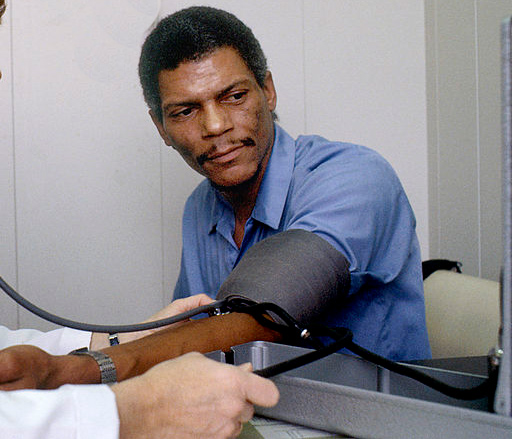
Results from a randomized study led by Johns Hopkins University School of Medicine show that using the wrong size blood pressure cuff can significantly skew readings and lead to incorrect measurements.
In the study, published in JAMA Internal Medicine, the researchers showed that using a cuff that is too small can lead to inaccurately high blood pressure measurements and using one that is too large can result in overly low blood pressure readings.
Persistent, abnormally high blood pressure, or hypertension, is highly prevalent in the U.S. and is often a precursor to cardiovascular disease or potentially life-threatening events such as heart attack or stroke.
“Although there are several preparatory and positioning steps required for accurate blood pressure measurement, individualized selection of appropriate cuff size is often overlooked, despite clinical practice guidelines,” write lead author Tammy McLoughlin Brady, an associate professor at Johns Hopkins, and colleagues.
“Barriers to adherence to this recommendation often relate to time and resource constraints and include insufficient staff and training, time pressures, and lack of cuffs with different sizes. Accordingly, a regular adult blood pressure cuff is often used routinely for all individuals.”
To try and accurately assess the effect of inappropriate cuff use, the researchers carried out a randomized crossover trial of 195 adults aged 54 years on average. Those included were 34% male, 68% Black, 51% had diagnosed hypertension and they had a wide range of arm circumferences.
As part of the study, four sets of measurements were made. The first three sets used an appropriate, too-small, or too-large blood pressure cuff in a random order and the final set of measurements used the correct cuff size.
In individuals requiring a smaller cuff size, use of a regular size cuff led to an average systolic blood pressure reading 3.6 mmHg lower than that achieved using a small cuff. In contrast, those needing a large or extra-large cuff had a systolic blood pressure reading that was a respective 4.8 mmHg or 19.5 mmHg higher than the reading achieved using the correct size cuff when a standard size blood pressure cuff was used.
The team also assessed the impact of randomly using a cuff that was one or two cuff sizes too big or too small on blood pressure measurements and found that the negative impact of this was greater on individuals requiring a larger blood pressure cuff.
“Errors in blood pressure measurement may be associated with the underdiagnosis of hypertension, which is then associated with underestimation of cardiovascular disease risk, delays in treatment, and early onset of hypertension-associated complications. Conversely, over diagnosing hypertension potentially exposes individuals to unnecessary adverse drug effects,” write LaPrincess Brewer, a researcher and clinician at the Mayo Clinic in Minnesota, and co-authors in an invited commentary published in the same journal.
“These findings are especially relevant for under resourced clinics, such as federally qualified health centers, that are often not adequately equipped and instructed to measure blood pressure correctly. Federally qualified health centers predominantly serve marginalized populations, such as racial and ethnic minority groups and socioeconomically disenfranchised individuals, who face cardiovascular disease disparities. Thus, providing critical resources for the correct diagnosis of hypertension at the first point of contact with health care services for this population is a key strategy to achieving health equity.”











